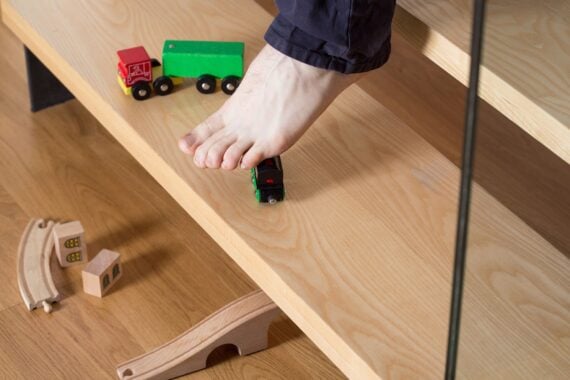Declutter expert Marie Kondo has become a sensation thanks to her book, “The Art of Tidying Up,” and the Netflix show “Tidying Up with Marie Kondo.” But parents may be wondering how to get their messy kids to get organized and try the KonMari method themselves. Kondo, who has two children of her own, has it covered. We’ve scoured the interviews Kondo has given, read the book, and studied the addictive Netflix series for tips parents can use to help their kids master the KonMari method.
Start Them Early
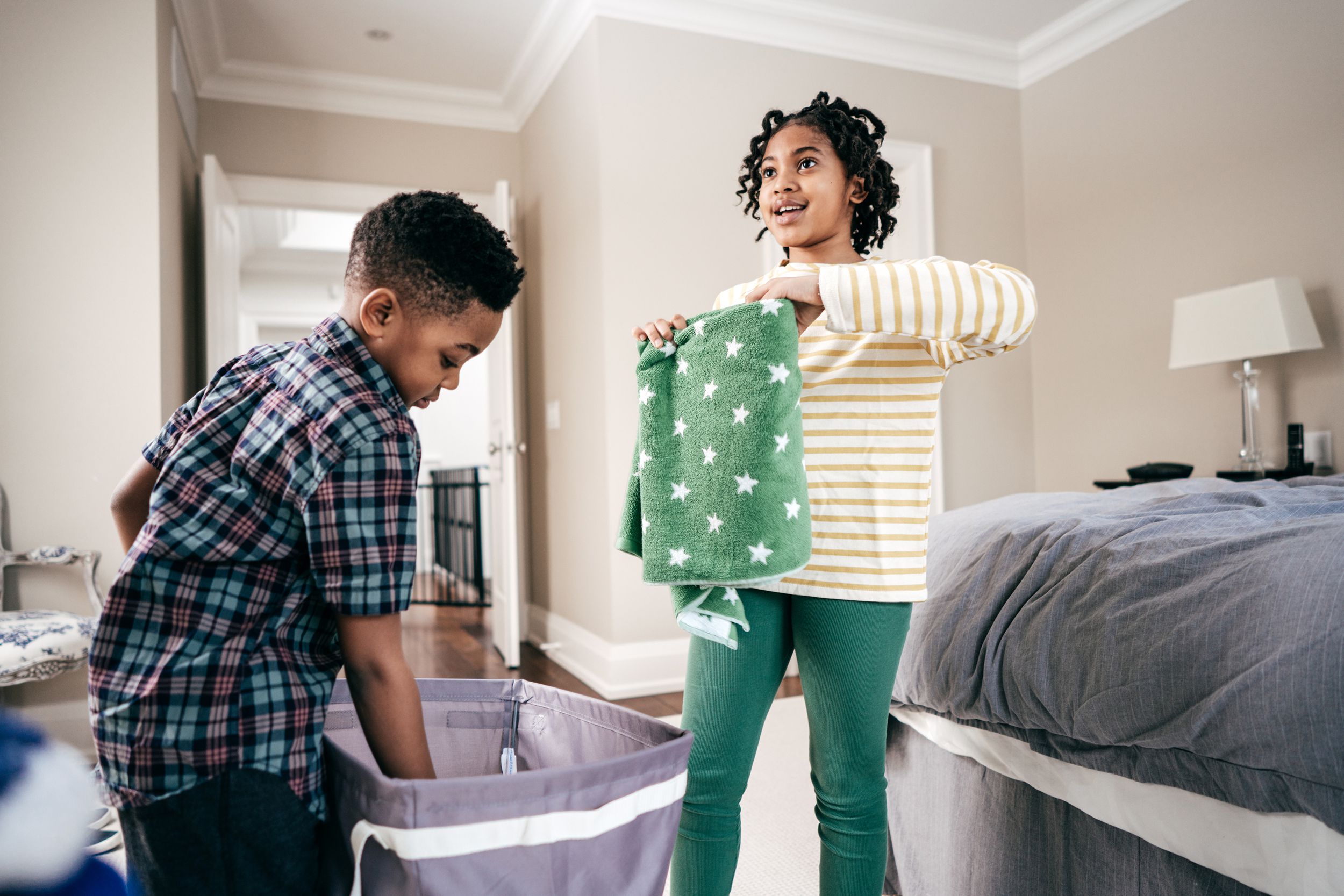
Kids as young as 1 (or once they learn to walk) can start learning the KonMari method of tidying up. Little ones can help match socks and learn the right way to fold their clothes, while 2-year-olds can learn that each of their items has a place and that’s where they belong when they aren’t in use.
Lead by Example
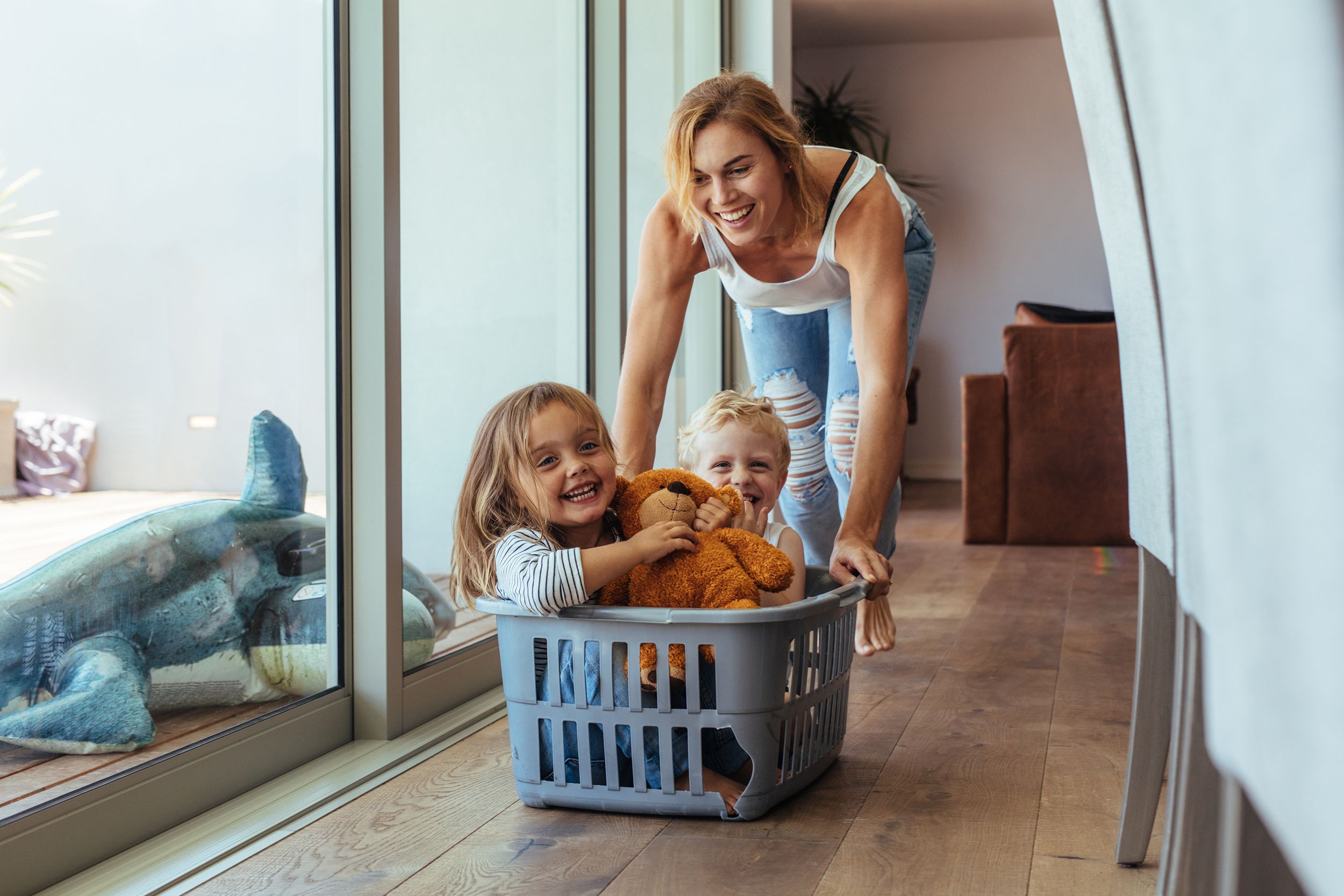
The single best way to teach your kids to keep their items put away and tidy is to set the example first. When you use the KonMari method and tackle your own messes first or get started on spring cleaning, kids will feel the joy that a clean home brings and be motivated to keep their items clean, too.
Keep Your or Your Child’s Favorite Works of Art
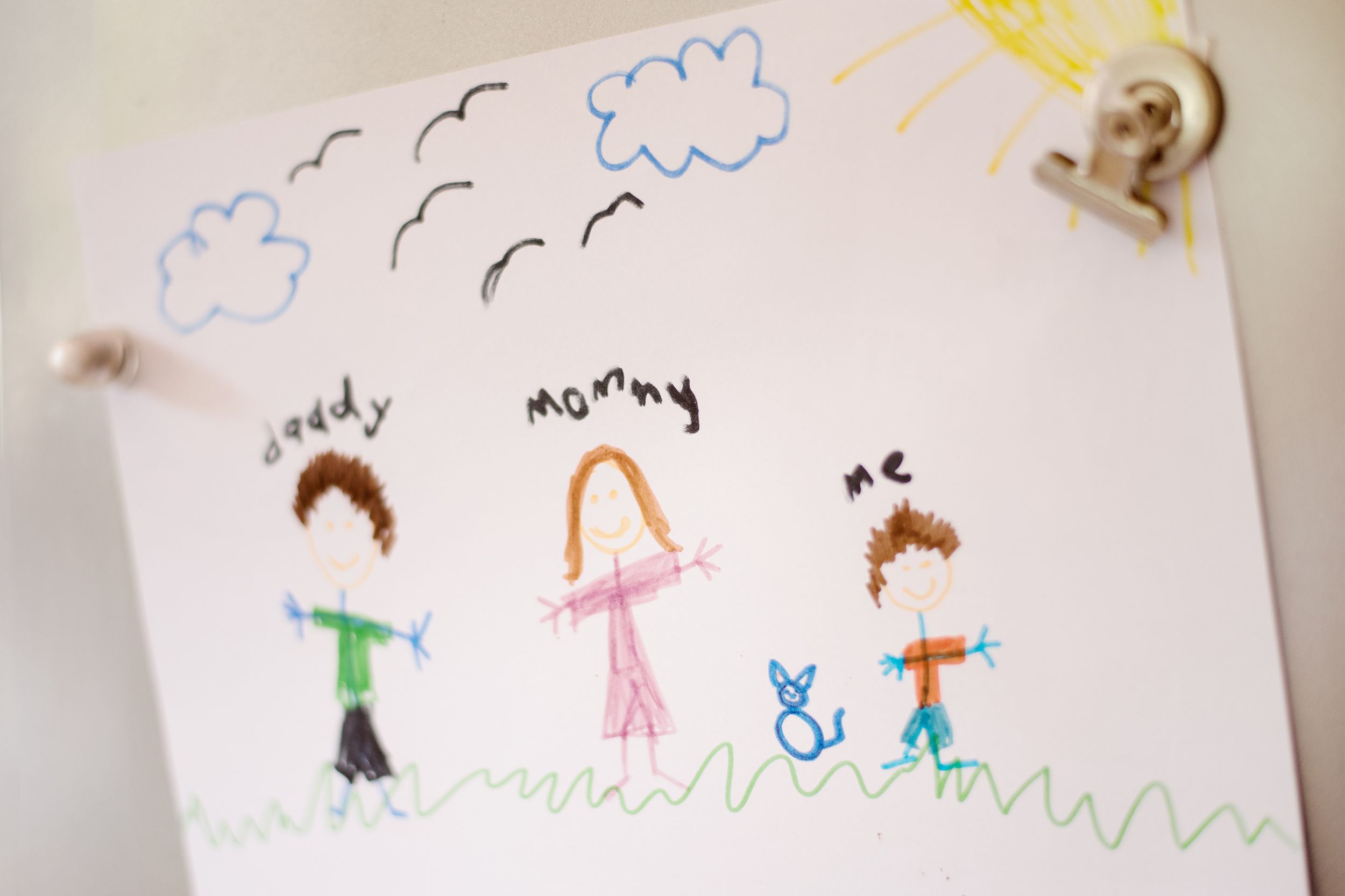
Parents know the amount of paper each child uses a day is insane. When it comes to artwork, make a habit of going through it together with your child and decide what each of you likes the best. Keep only the artwork you or your child loves and then display it proudly until it no longer sparks joy. If you find you would rather store artwork away, do so with only the pieces you love. Roll up each piece and store it upright in a paper tube.
For more smart cleaning and organizing tips, please sign up for our free newsletters.
Create Boundaries for Your Child’s Things
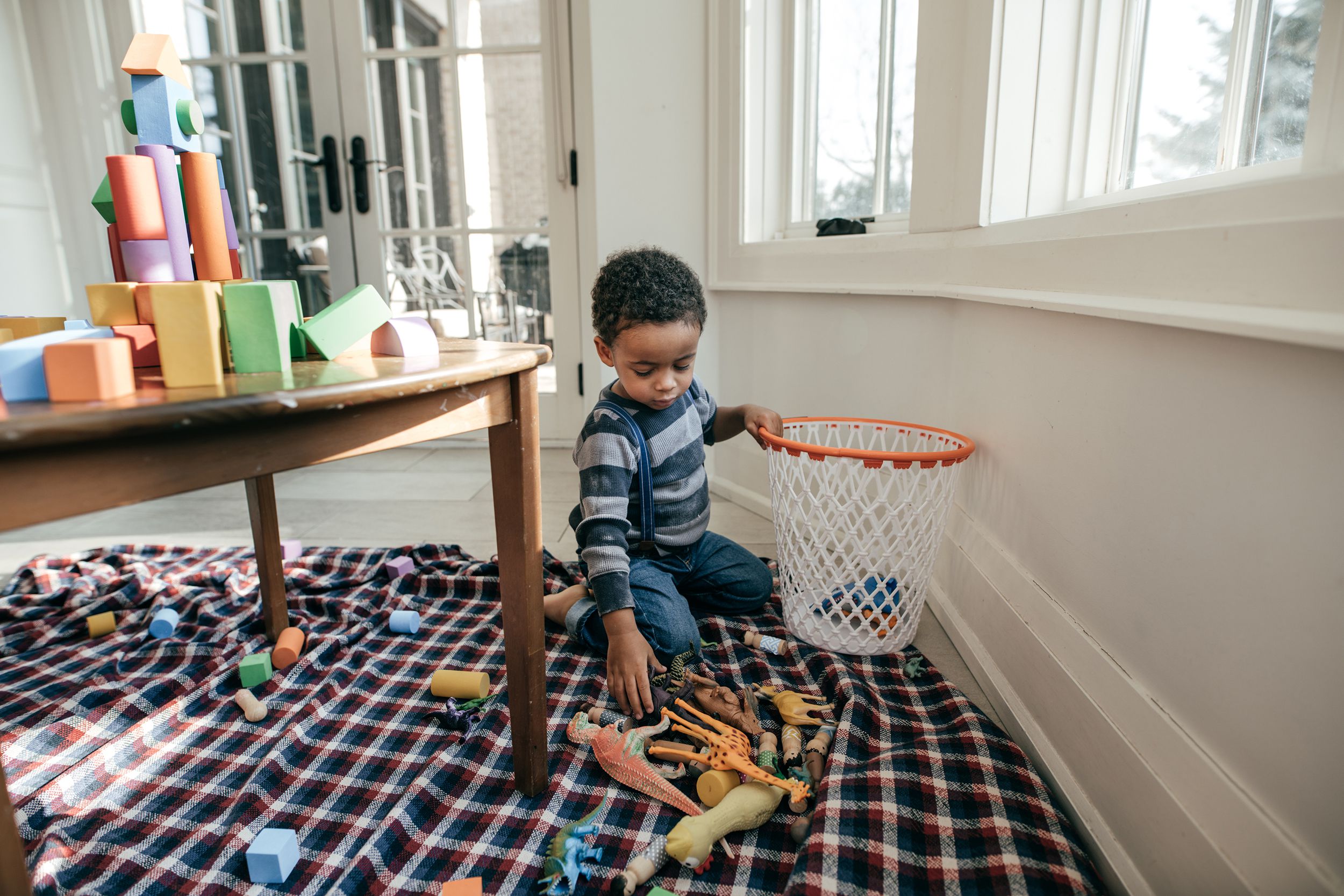
Assign Everything a Home
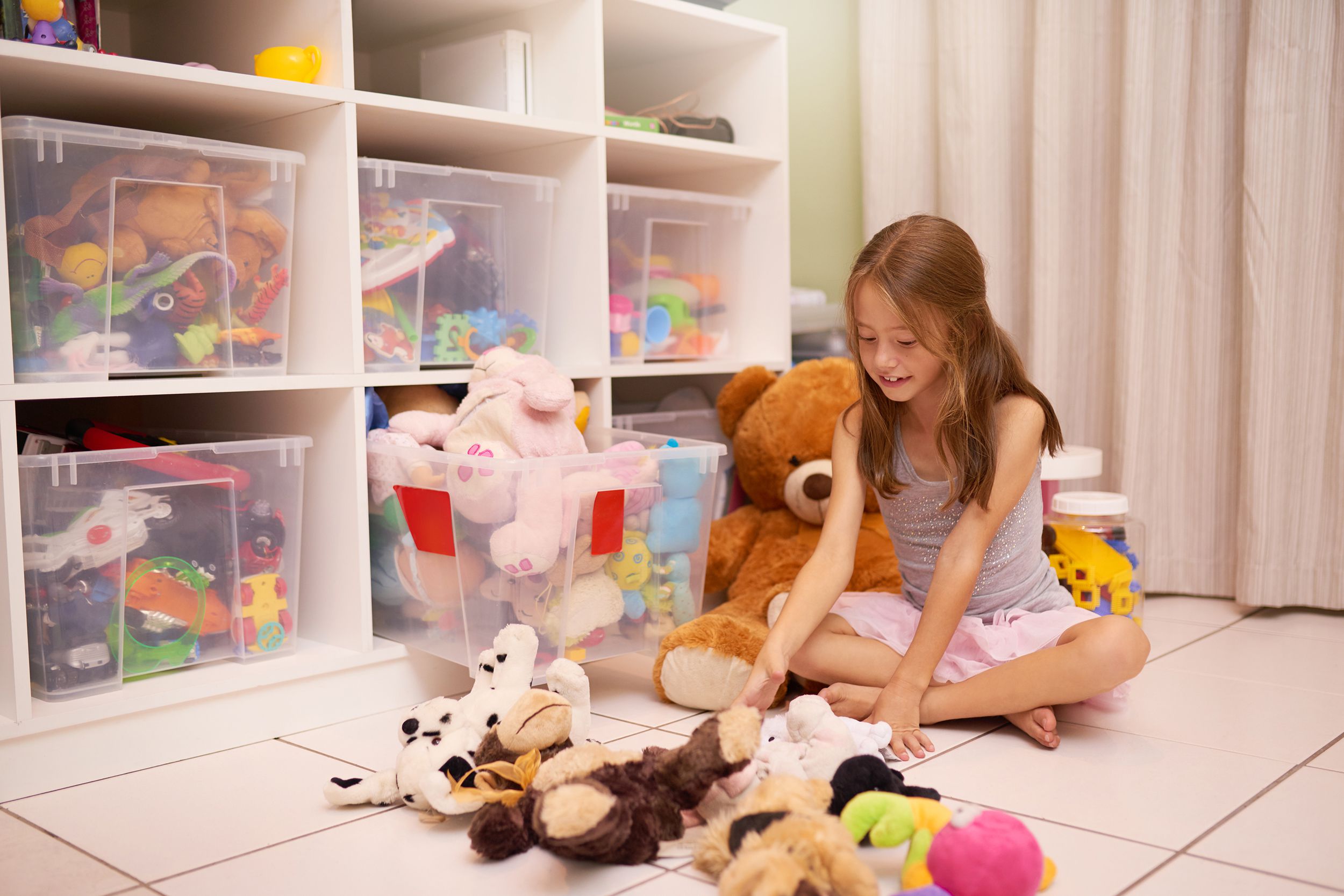
Trending on Cheapism
Decide What Toys Bring Your Child Joy
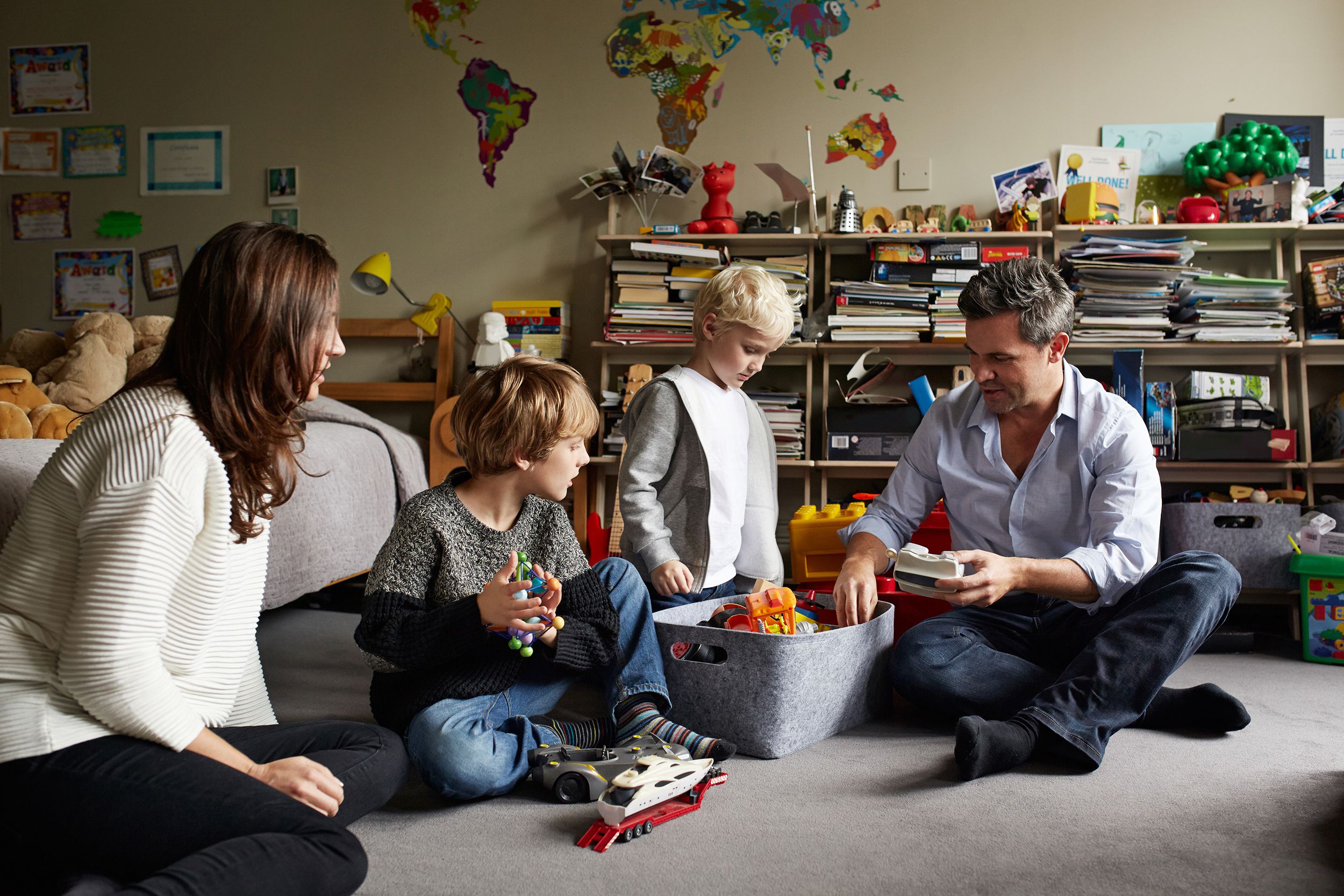
Following the principles of the KonMari method, deciding what toys to keep should be done the same way as everything else. Put everything in the middle of the room and together with your child go through each item. Picking one at a time, hold the item and have your child hold the item, then ask your child if they still enjoy it. If the answer is yes, keep it. If the answer is no, thank the item and toss it.
One important part of this process is to let your kids decide what to keep and what not to keep. Sure, you can have final say, but respecting their decisions about their belongings goes a long way in creating motivation for them to take care of their things. Automatically toss items that your child has outgrown, are broken, or are missing parts.
Sort Like Toys Together
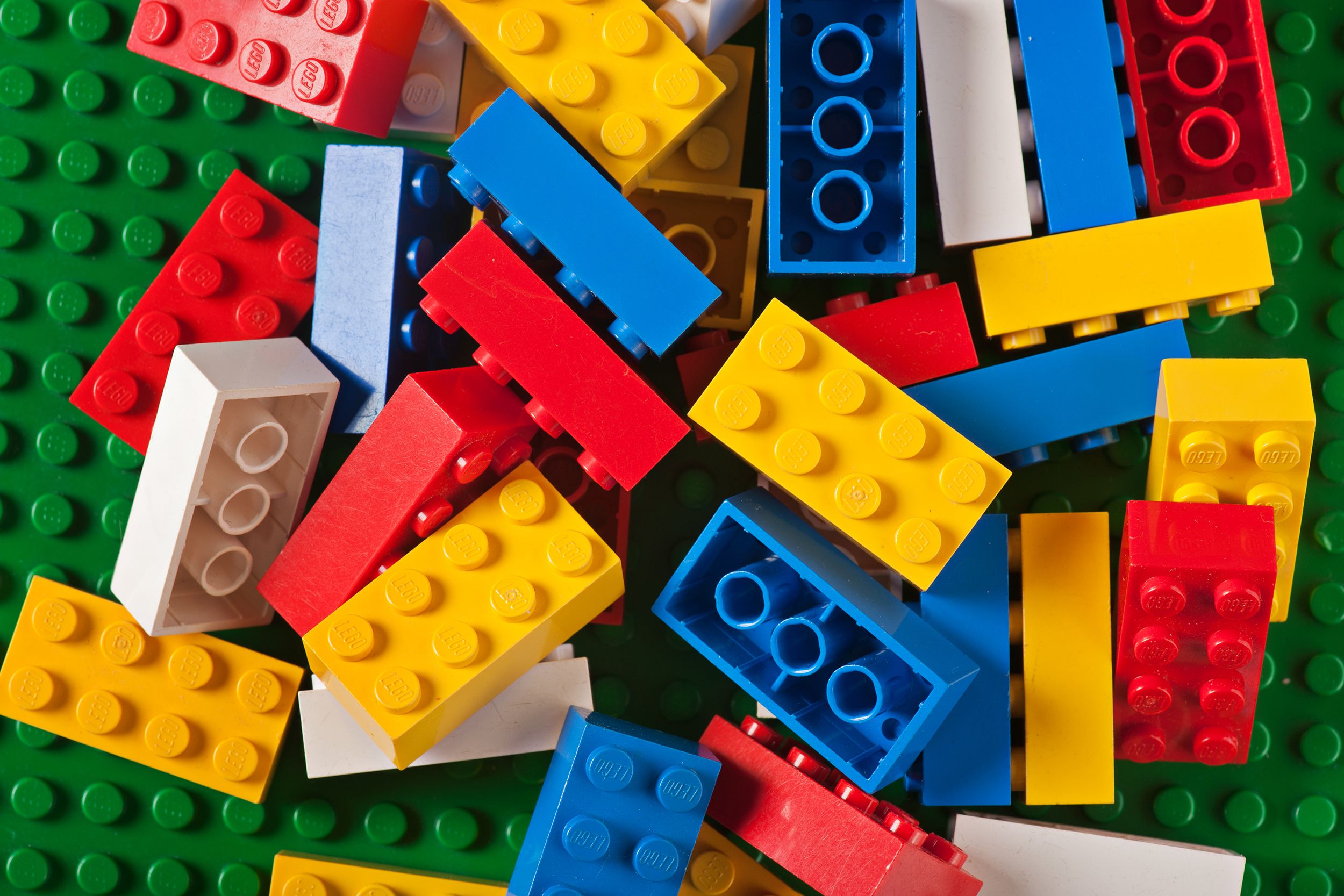
Use Clear Pouches
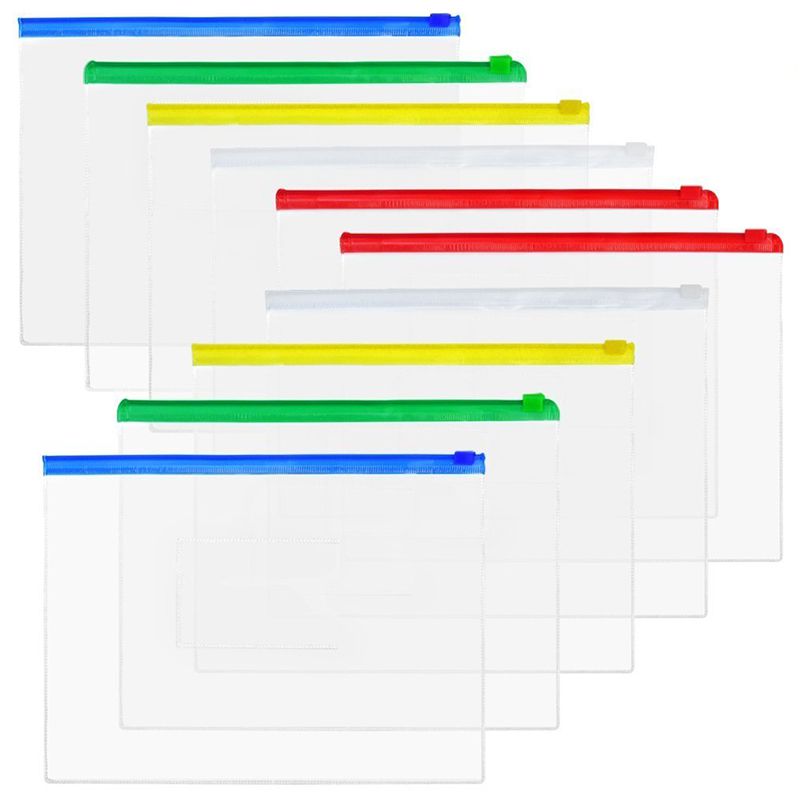
Instead of just using the basket system to organize toys, consider clear pouches or clear bins to sort similar toys. This prevents kids from just dumping baskets to try to find one item. This works especially well for small items like art supplies. Use clear pouches to sort pencils, markers, crayons, glue sticks, and more. Store the pouches vertically to save space and to make it easier for your child to find what they need. Pouches like these from Amazon ($15 for 50 clear, zipper plastic pouches) would do the trick.
Sign up for our newsletter
Organize in Stages
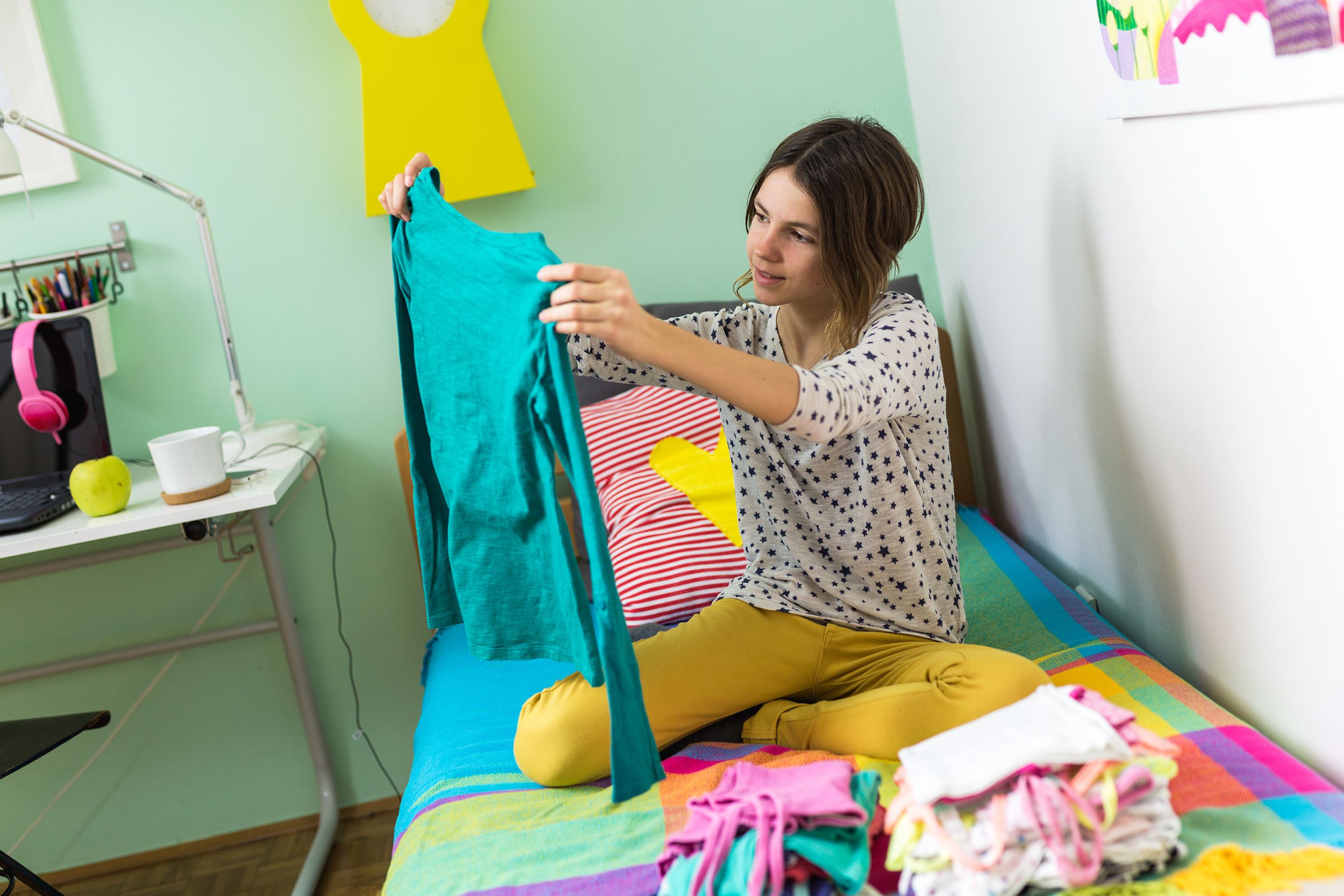
Store Baby Clothes in Boxes
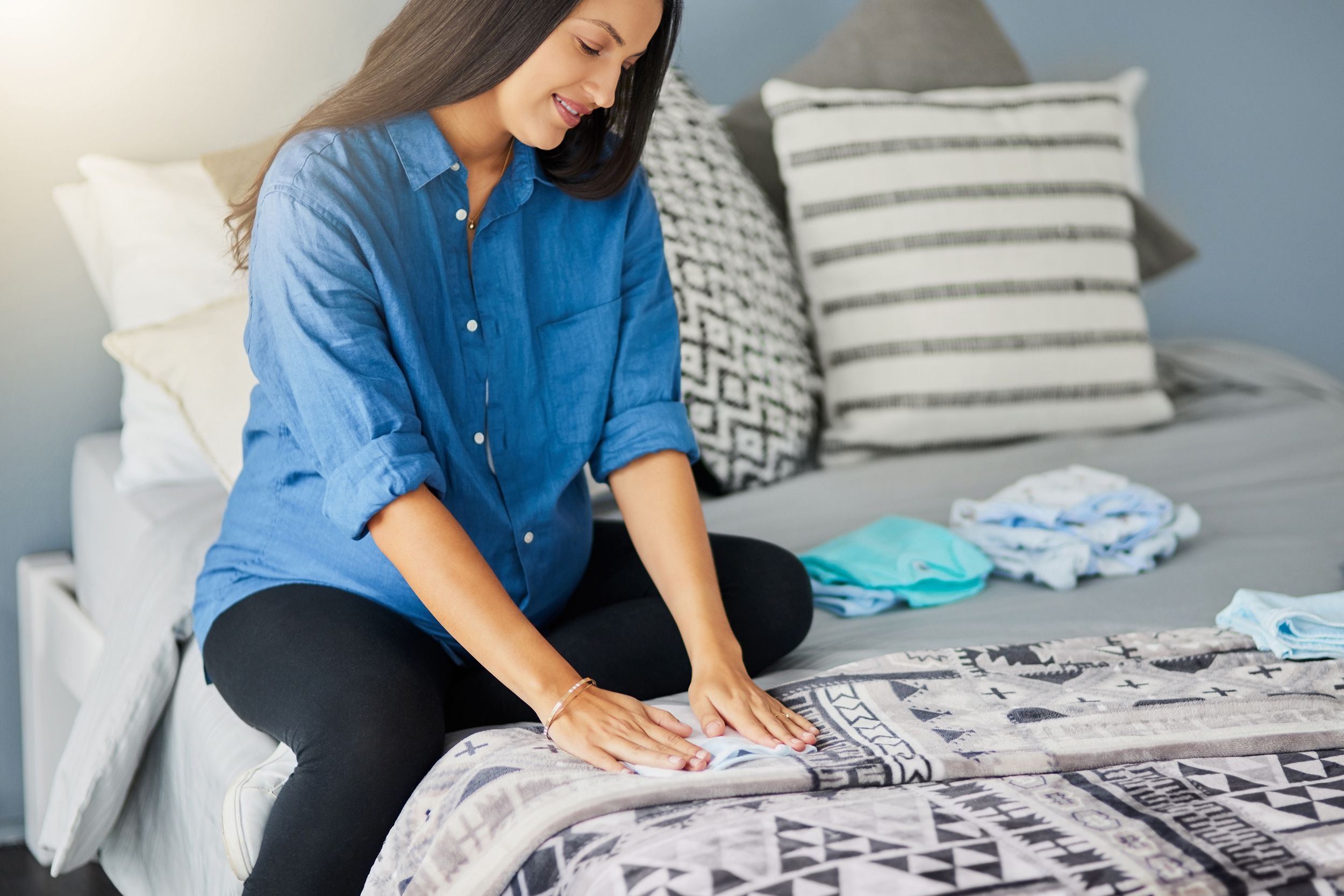
Store Clothes Upright
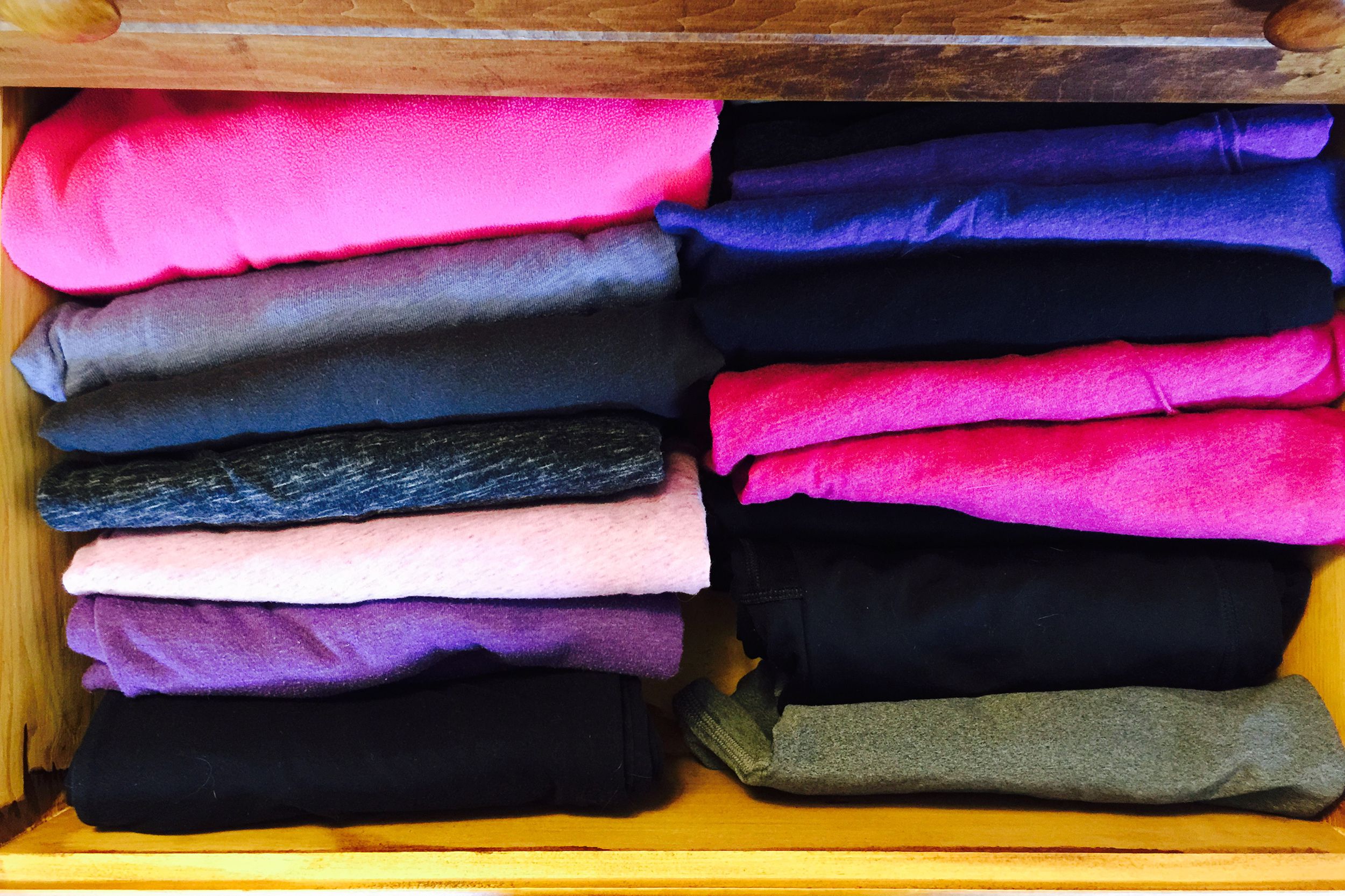
This is one of Marie Kondo’s ideas for adult clothing from her first book, but it’s amazing how well it works with kids clothes, too. Instead of stacking clothes in piles, store them upright so everything can be seen a drawer is opened. Just imagine how much easier this is when your kids can open the drawer and find their favorite shirt without rummaging through the whole pile and unfolding everything in the process.
Don’t Do It All for Them

